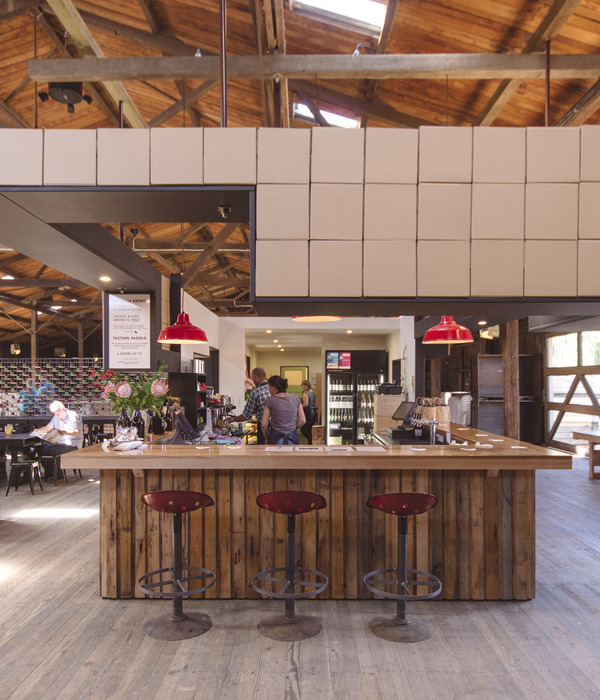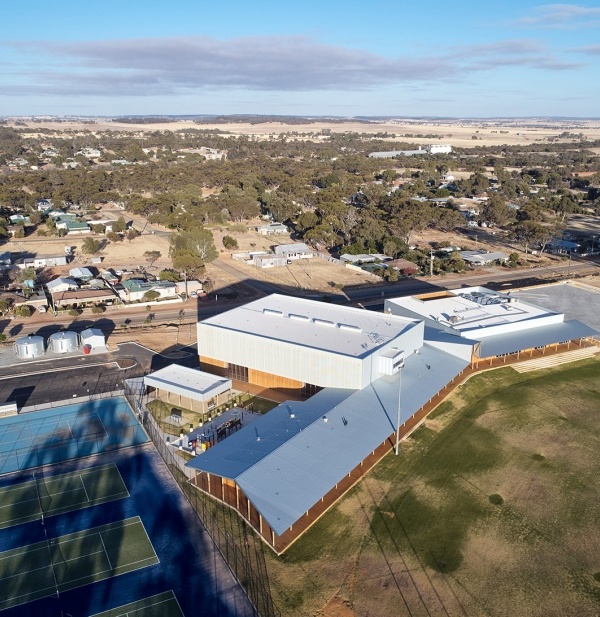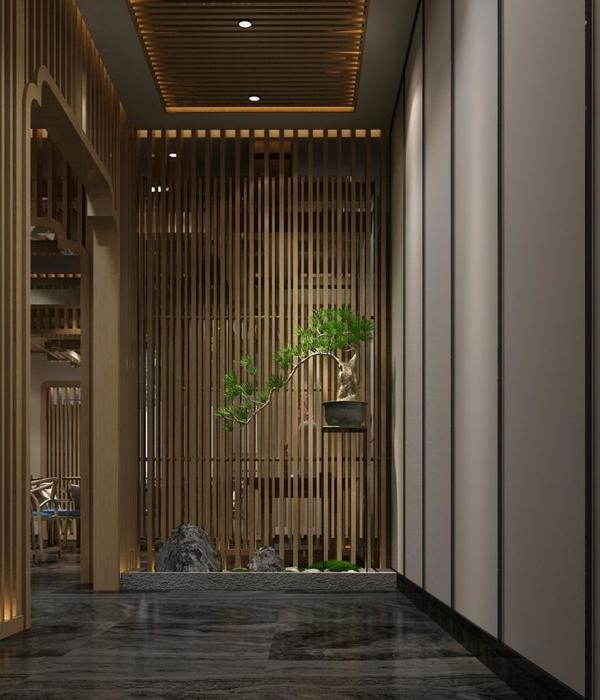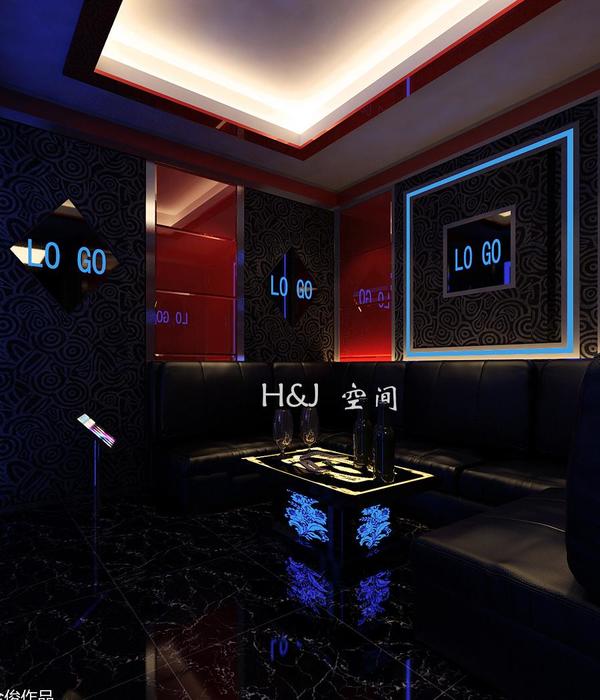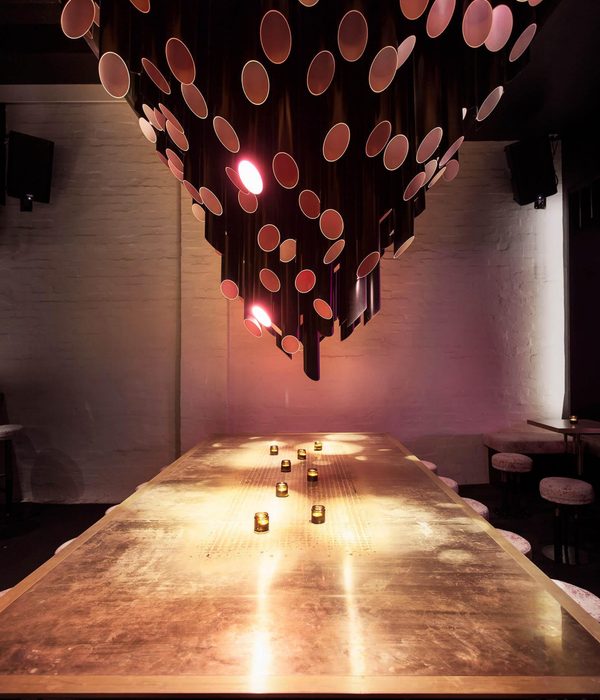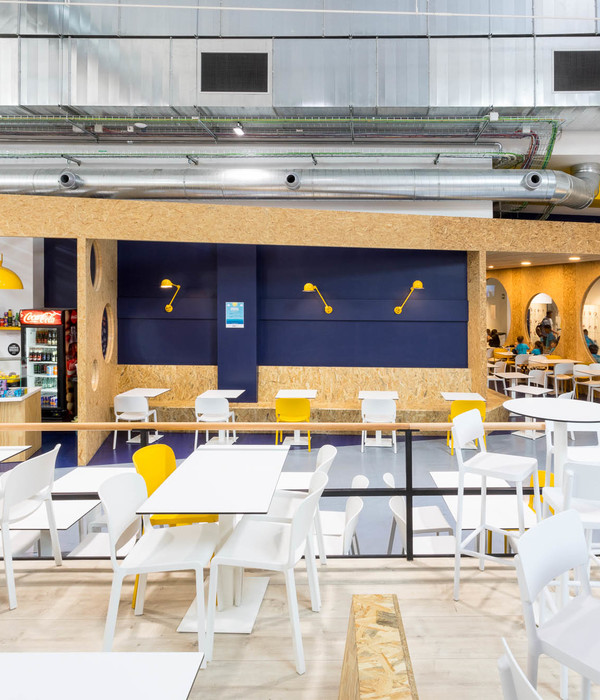The design starts from the use of the brick as central decorative element, which is also representing a connection between the Italian and Chinese cultures.
Decorative brick patterns on walls, as a direct result of the “Hutong Materials Catalogue” research that designers are carrying on the contemporary use of traditional building materials in Beijing. For the project, traditional grey bricks have been collected in the old Hutong districts, cut into slices, painted white and randomly embellished with different colors.
For the winebar’s name and logo, the clients, a mixed Chinese and Italian couple, asked us to play with the idea of mouth (“bocca” in Italian) as element referring to both food and eroticism, and to use therefore a yellow resin floor. It was a challenge since “yellow” traditionally fights with the “idea” of wine. This suggestion became a pretext to play with some opposite elements: warm and natural versus young and pop, traditional bricks versus polished resin. Reclaimed wooden tables, along with the grey and black hues of customized furniture fabric, are helping mitigate the bright and otherwise shocking color of the floor.
Mouths also became a graphic decoration on custom-made rice wallpaper inside the bar and on the façade. Designers added some personal touch to the space by painting themselves a large stencil art work on canvas and two discs with acrylic colors.
The bar counter is a long sculptural box made of white Corian, floating on the yellow resin and running through the whole space as a backbone. It connects visually the kitchen to the other parts of the bar: wine tasting corner; main dining area; lounge area on elevated platform that is extending outside becoming a yellow colored public bench on the street.
These three parts reflect the request from clients to have a flexible space throughout the day: a breakfast bar in the morning, a cozy place for lunch, and a fine wine bar in the evening.
Concrete ceiling, walls and existing building pipes have been cleaned and kept exposed to underline a sense of urbanity and re-appropriation. The new insertions are clearly demarcated by using black iron plates, which create zig-zag shaped shelves to display wine bottles, and bend to form a staircase bringing to the private office room above the kitchen.
To strengthen the vibrant atmosphere of the space, two large geometric custom-made chandeliers evoke the surprise and festivity feeling of the town festivals in south of Italy. At night, when dimmed low, they turn the ceiling into a romantic sky dotted with stars, while during the day they introduce a sense of spatial tension by imposing their geometric and contemporary presence.
{{item.text_origin}}

